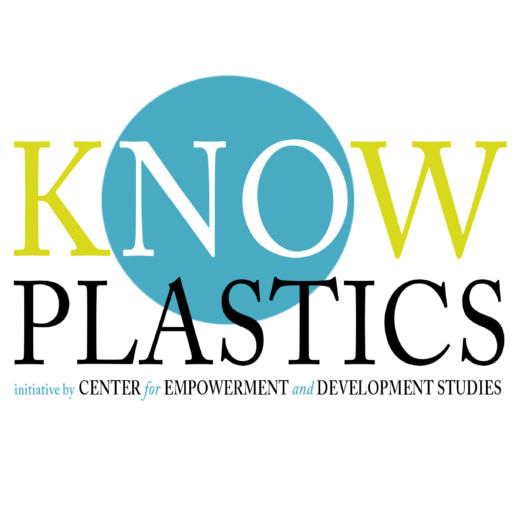Sri Lanka was scared when the X-Press Pearl container ship caught fire and sunk in the Indian Water in May, fearing that the vessel’s 350 tonnes of heavy fuel oil would leak into the ocean, producing an environmental calamity for the country’s beautiful coral reefs and fishing economy.
The UN classified the incident as Sri Lanka’s “worst marine disaster,” yet the heavy fuel oil had little impact. It wasn’t even the dangerous substances on board, such as nitric acid, caustic soda, and methanol. According to the UN, the leaking of 87 containers filled with lentil-sized plastic pellets: nurdles, caused the most “serious” harm.
Nurdles have been washing up in their billions over hundreds of miles of the country’s coastline
Nurdles have been washing up in their billions over hundreds of miles of the country’s coastline since the accident, and are likely to reach landfall across Indian Ocean beaches ranging from Indonesia and Malaysia to Somalia. They may be up to 2 meters deep in certain spots. They have seen the corpses of deceased dolphins and fish mouths. A total of 1,680 tonnes of nurdles are still there in the sea. According to the UN study, this is the greatest plastic leak in history.
Nurdles, or “pre-production plastic pellets,” are a little-known building element for all of our plastic goods. Polyethylene, polypropylene, polystyrene, polyvinyl chloride, and other polymers come into use to make small beads. When released into the environment from plastic plants or exported around the world as raw material to industries, the pellets will sink or float depending on their density and whether they are in freshwater or saltwater.
Seabirds, fish, and other creatures frequently mistake them for food. They disintegrate into nanoparticles in the environment, which poses more complicated risks. They are the second-largest source of micropollutants in the water, behind tire dust, in terms of weight. Every year, an amazing 230,000 tonnes of nurdles end up in the seas.
Nurdles, like crude oil, are very persistent pollutants that will circulate in ocean currents and wash ashore for decades. They are also “toxic sponges,” drawing chemical poisons and other contaminants to their surfaces.
A “rafts” for hazardous bacteria
Nurdles also operate as “rafts” for hazardous bacteria such as E Coli and even cholera. Carrying them from sewage outfalls and agricultural runoff to bathing waters and shellfish beds, according to one research. The phenomenon of “plastic rafting” is becoming more common.
However, unlike kerosene, diesel, and gasoline, nurdles are not classified as hazardous under the International Maritime Organization’s (IMO) dangerous goods rule for safe handling and storage. Although the plastic pellets crisis on the environment has been known for three decades, as it come into the public eye in a 1993 study from the US government’s Environmental Protection Agency on how the plastics sector might prevent spillages.
Now, environmentalists are collaborating with the Sri Lankan government in an attempt to use the X-Press Pearl accident to spark reform.


